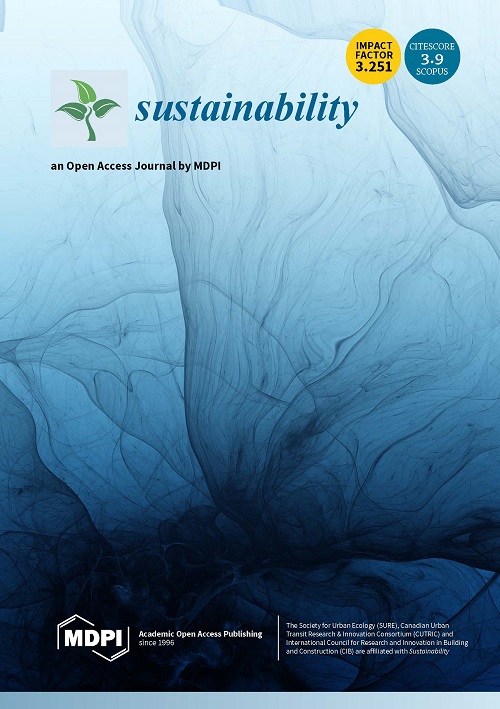Rural mountain communities in developing countries are considered particularly vulnerable to environmental change, including climate change. Forests and agriculture provide numerous ecosystem goods and services (EGS) to local communities and can help people adapt to the impacts of climate change. There is however poor documentation on the role of EGS in people’s livelihood and adaptation practices. This study in the rural Panchase Mountain Ecological Region of Nepal identifies practices being used to adapt to a changing environment through key informant interviews and focus group discussions. At the household level, livelihood diversification, changes in cropping patterns and farming practices, use of multipurpose plant species and income-generation activities were identified as adaptation strategies. Among major strategies at the community level were community forestry-based climate adaptation plans of action for forest and water resource management. Landscape-level adaptation strategies were large-scale collaborative projects and programs, such as Ecosystem-based Adaptation and Chitwan Annapurna Landscape conservation; which had implications at both the local and landscape-level. A proper blending and integration of adaptation strategies from individual households through to the community and to the landscape level is needed for implementing effective adaptation in the region.
Download:
DOI:
https://doi.org/10.3390/environments5030042
Pontuação Altmetric:
Dimensões Contagem de citações:




















